Tutorial: How to paint in oils step by step
Discover the professional keys to get started in the oil painting technique, with Alai Ganuza
Oil painting is one of the most famous painting techniques, thanks to its rich textures, versatility and incredible finishes. However, it might intimidate you at first, due to the materials used, the supports on which it is worked or the drying times. But nothing could be further from the truth.
The painter and content creator Alai Ganuza (@alaiganuza) is focused on dismantling the myths that exist around oil painting, inspiring and teaching from her social networks to paint to more than 200,000 followers every day. In this tutorial, she teaches us the professional keys to get started in the technique. Discover the professional keys to get started in the oil painting technique, don't miss it!
1. Make the sketch
If you sketch with charcoal, oil or pencil, there is a risk that the pigments will mix with the paint and the final result will be contaminated. To avoid this, Alai recommends that you sketch with acrylic markers. You will prevent the pigment from running and you will also add a touch of color to your drawing.
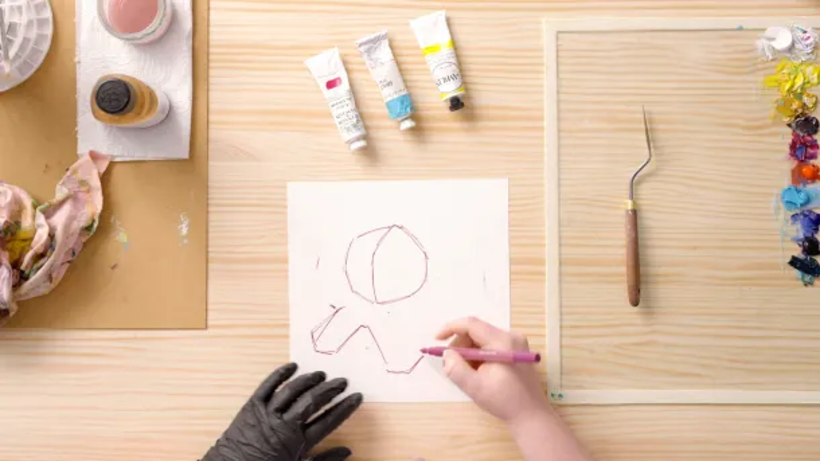
2. Prepare the materials for painting
One of the main pitfalls that we can find when starting with oil painting is the material. Alai recommends us to start trying with a basic painting kit: the three primary colors (yellow, magenta and cyan) from which other combinations can be obtained. The artist suggests using a glass from a photo frame as a palette, as it is easy to clean and transparent, so all colors will be seen well.
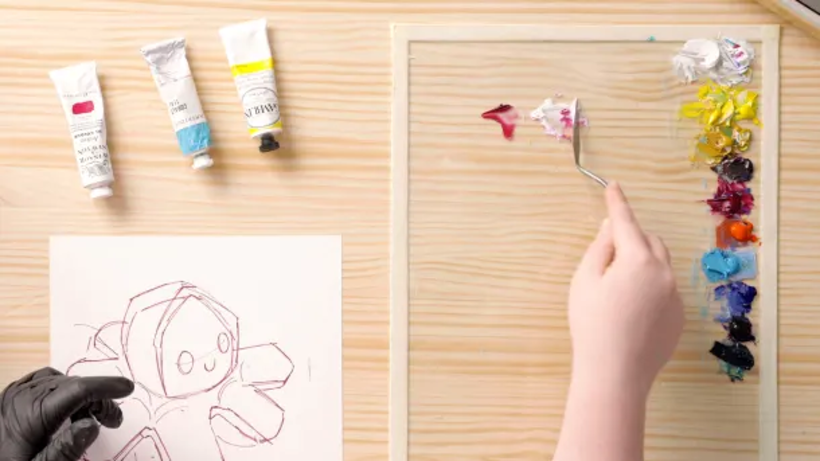
Another essential material for oil painting is the solvent, which can be turpentine, turpentine or white spirit. Dirty turpentine can be reused, as the pigment goes down and the solvent goes up. Alai also recommends using liquin to thin the paint, give it video and speed up drying.
3. Time to paint!
Start painting your drawing with large brushes, as this way you will cover the whole surface more easily. Try to mix the oil paint with liquin, since the paint is very dense and it is difficult to flow over the drawing. Also, if you don't combine it with lichen, the bottom line will show through. This is not a bad thing but it may not be the effect you want to achieve.
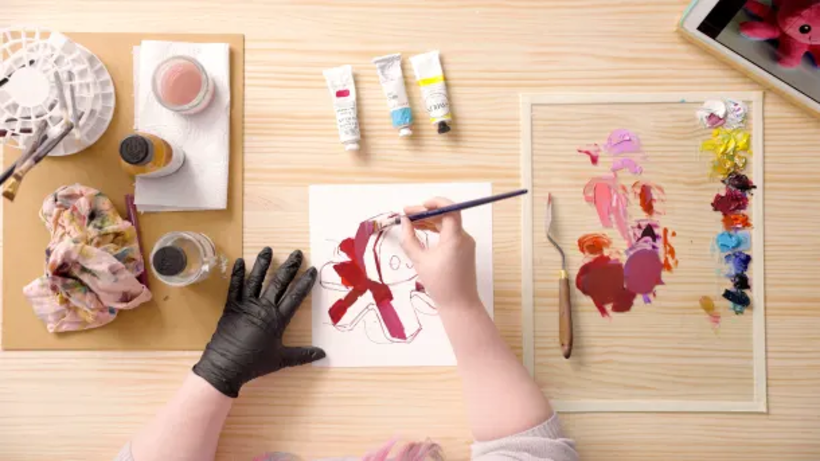
Try to make your strokes long and follow the shape of the volume underneath, as if you were modeling it. If you want to change a color abruptly you have two options: use another brush or clean it with turpentine.
Alai explains that, although it is necessary to define the volume with the brush, it is always nice to have different strokes in different directions.
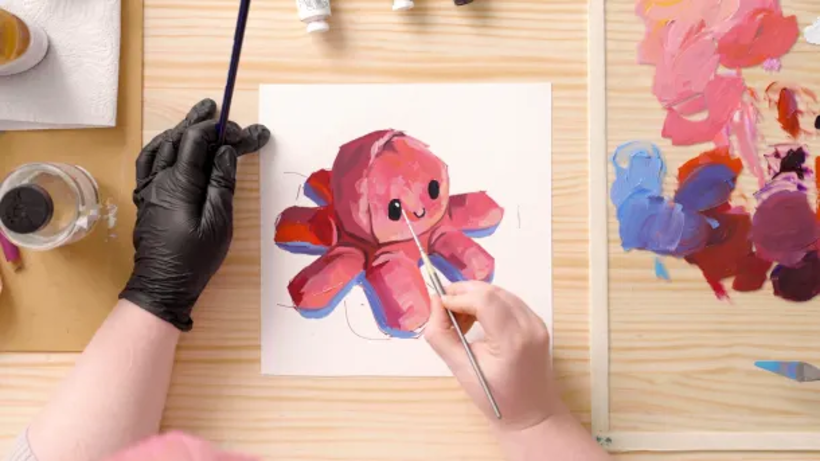
4. Don't wait
One of the things that can discourage you the most when starting in oil painting can be the waiting and drying times. Alai, on the other hand, paints directly, it does not build by layers. This will make you see results immediately.
In these cases, you may need to paint over a layer of wet paint. How to do it? Very simple: use a lot of liquin in the mixture and apply the paint with the brush more or less parallel to the surface and using a quick gesture. This will be useful for the details and highlights of your drawing.




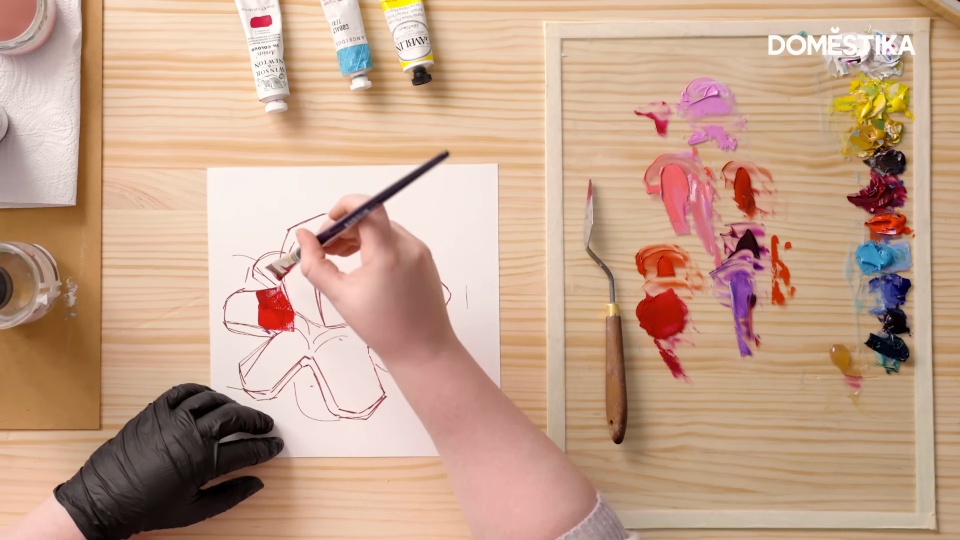
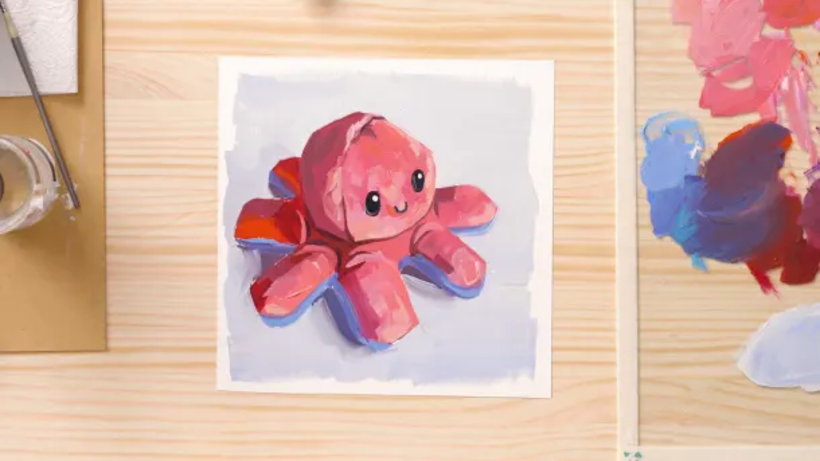



0 comments